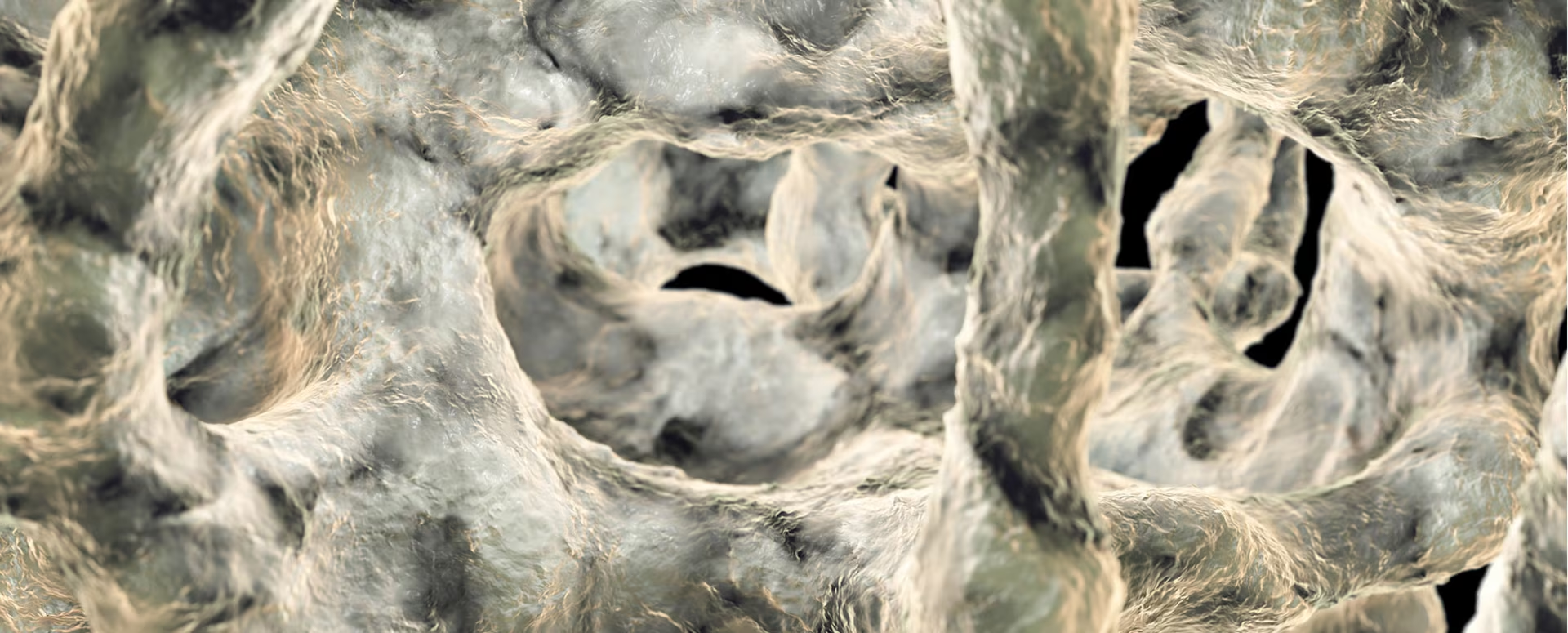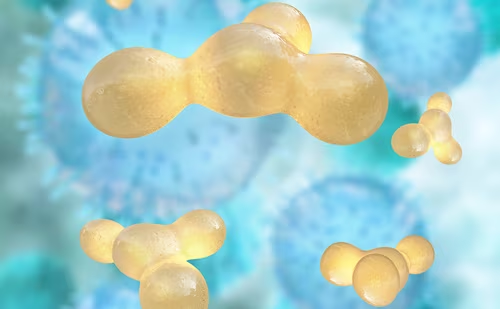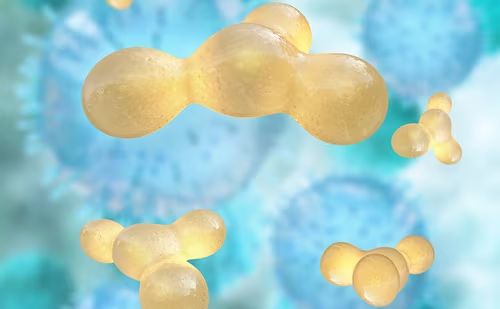It has been approved for administration by subcutaneous, intramuscular, and intranasal routes.1,3-8 Because nasal spray calcitonin has been available in the US since 1995 it is extremely rare to use the subcutaneous route for therapy, as it is so much less convenient. Only if there were severe nasal congestion or an underlying condition making spray administration painful would a physician revert to injection.
It has been approved for administration by subcutaneous, intramuscular, and intranasal routes.1,3-8 Because nasal spray calcitonin has been available in the US since 1995 it is extremely rare to use the subcutaneous route for therapy, as it is so much less convenient. Only if there were severe nasal congestion or an underlying condition making spray administration painful would a physician revert to injection. The bioavailability of nasal calcitonin is less than 25% of the administered dose compared with the intramuscular or subcutaneous preparation which is 70% bioavailable.9 An average dose of 200 IU/d nasal spray calcitonin only equates to about 50 IU/d of injectable calcitonin or less.
The salmon calcitonin nasal spray is both convenient and free from significant side effects. Generally the only problems experienced by patients are nasal irritation or intolerance to nasal drug delivery independent of therapy. Occasionally, nausea has been reported but this is much less common than with the other routes of drug delivery.
Efficacy in Preventing Osteoporosis
The perimenopausal acceleration of bone loss is due to increased bone resorption.This has led to extensive studies of the efficacy of calcitonin in preventing postmenopausal bone loss, since it inhibits bone resorption. In one study, for example, 52 postmenopausal women were randomly assigned to treatment with either 100 IU nasal salmon calcitonin or placebo; all subjects received calcium supplementation. Over two years, mean spinal bone mineral density (BMD) increased by 2.5% in the calcitonin group and decreased by 5–7% in the placebo group.4 In comparison, whole body and forearm BMD did not differ between the placebo group and the calcitonin group. Other studies have shown similar results using both human10 and salmon3,5,11 calcitonin by both the subcutaneous and intranasal routes.1 Efficacy in Treating Established Osteoporosis
There is also evidence that calcitonin is effective in the treatment of established osteoporosis.The Prevent Recurrence of Osteoporotic Fracture (PROOF) study12 looked at 1,255 post-menopausal osteoporotic women who had between one and five vertebral fracture and a BMD T-score <-2.0. Patients were randomized to placebo nasal spray or 1–3 doses of salmon calcitonin nasal spray daily (100, 200 or 400 IU/d). All patients received supplements of 1,000mg elemental calcium carbonate in addition to daily vitamin D. Although a higher than expected discontinuation rate of 59% was seen in the trial the discontinuation rate was similar across treatment groups and time.
Lumbar vertebral bone density increased 1.2% in the 200 IU/d group in the first year, which was significantly different to the control at one year.There was a mean reduction in serum C telopeptide (CTX) from the baseline of 25% at 12 months, which was sustained at 20% throughout the five years in both the 200 and 400 IU/d group (28). After follow-up X-rays were performed on these trial participants, a significant 36% vertebral fracture reduction was seen in the 200 IU/d group compared with those treated by placebo with a 45% reduction in the number of patients with multiple new vertebral fractures.13 These reductions were seen only in the 200 IU group and surprisingly not seen in the 400 IU group. If all patients with follow-up X-rays were included in the analysis (including patients with or without prevalent fracture) then there was a significant 33% reduction (p=0.03) in the risk of vertebral fracture. Significant vertebral fracture reduction was seen with the 200 IU dose by year three and sustained through year five.
A further two-year randomized, double-blind qualitative evaluation of salmon calcitonin therapy (QUEST) study looked at changes in bone microarchitecture of 91 post-menopausal women with prevalent vertebral fractures.14 The calcitonin, administered nasally, was shown to preserve bone microarchitecture over placebo.
Calcitonin has been shown to have some short-term beneficial effects on pain in some patients, particularly those who have recently sustained a fracture. Why pain relief occurs is not well understood; one possibility is a rise in endorphin levels induced by calcitonin.15 In one study, 56 osteoporotic women who sustained an atraumatic vertebral fracture were randomly assigned to treatment with placebo or 100 IU salmon calcitonin IM daily for two weeks. Mean pain scores and analgesic consumption in the calcitonin group were lower than in the placebo group by the fourth day.16 Calcitonin in Fracture Patients
Salmon calcitonin is acknowledged to be a good treatment option for patients in the acute setting, suffering from pain and spinal fracture. Some physicians have some theoretical issues with bisphosphonates not being ideally suited to treatment of acute fracture.This is based on the theory that they could affect the bone remodeling necessary for fracture care.
Additonally the addition of bisphosphonate treatment at the time of acute fracture time is not generally advisable. A wait of 6–8 weeks is advised; meanwhile the patient remains in pain and nauseous.This nausea can be both from pain and the narcotics they are taking.They are also unlikely to be able to stand or sit up properly and it is not feasible to consider giving them bisphosphonate therapy that would require them to sit upright. So in the acute setting it is regarded as more advisible to give calcium/vitamin D or calcitonin to take the edge off the pain and to minimize interference with healing or produce gastrointestinal (GI) complaints.
Conclusion
Salmon calcitonin is generally not used as a first-line therapy. However, it is often the best bridging or temporary option for patients with very severe osteoporosis and vertebral fractures for whom conventional treatment is unsuitable. In women with acute, painful vertebral fractures, calcitonin is an attractive option because of its possible analgesic benefits. The main benefit in this setting is the ability to reduce pain without disrupting healing or raising any concerns about observed GI complaints. Salmon calcitonin nasal spray is a safe and well tolerated alternative therapy for older patients for whom bisphosphonates are not recommended.







